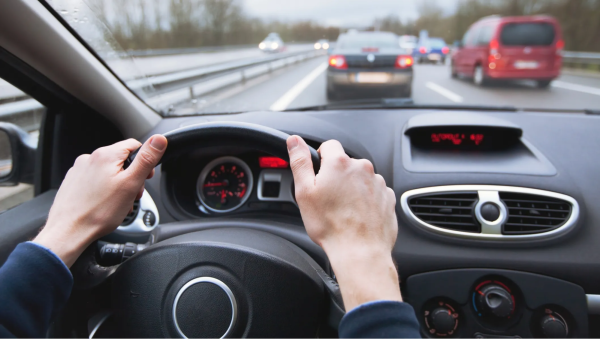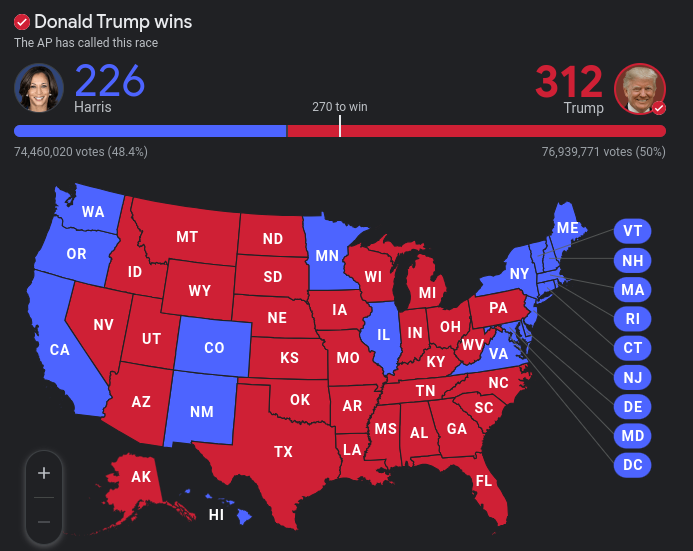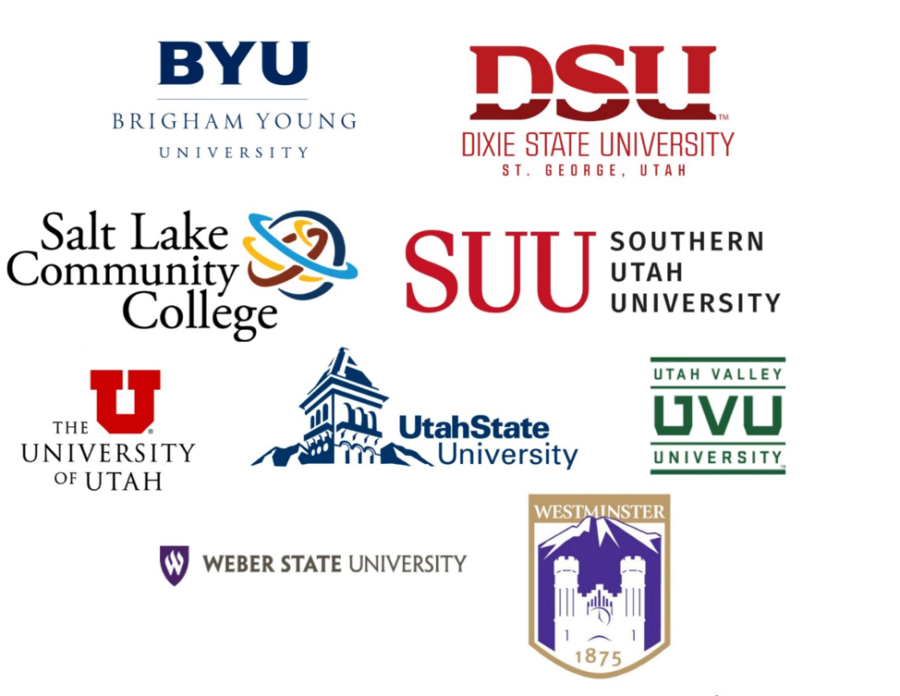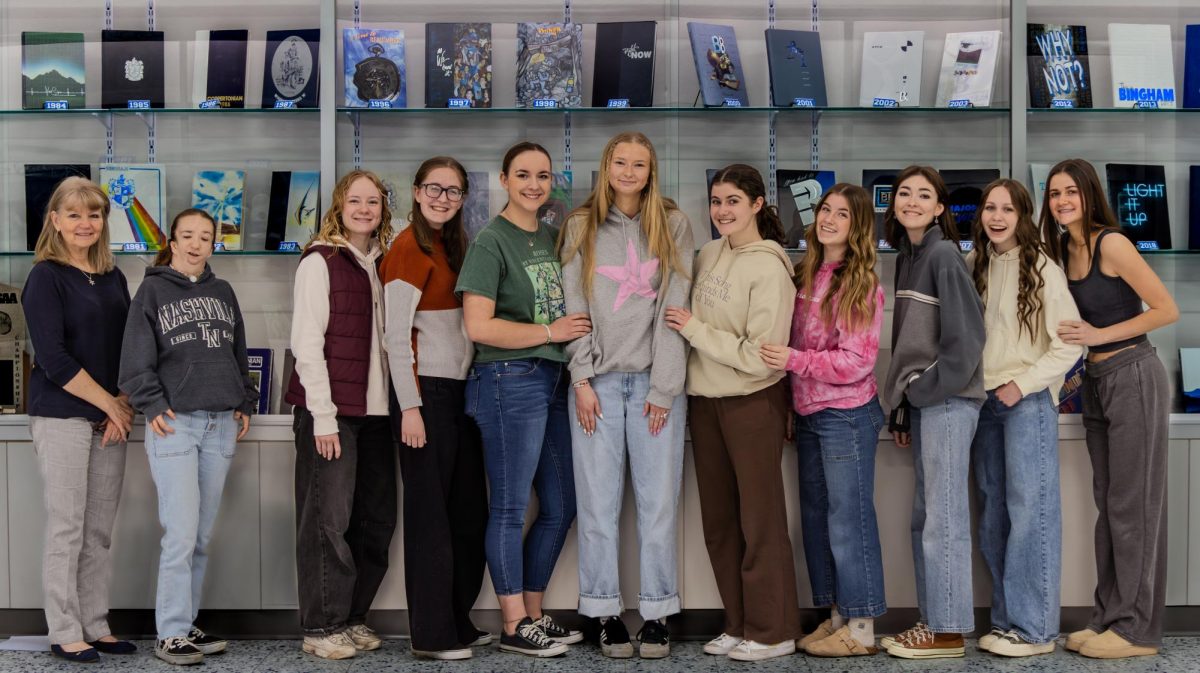This article is a humorous take on a serious topic and is in no way meant to be a comprehensive guide. The Bingham Prospector team encourages readers to abide by state law and fully read the 2023-2024 Utah Driver Handbook, along with their car’s respective owner manual. For more information, visit https://highwaysafety.utah.gov/.
Ah, the second semester! It’s like the first, but now you’re bored of your year-long classes! The weather is changing, the sophomores finally have their driver’s licenses, and the number of monthly car crashes is through the roof. You’ve probably seen it before, pileups of traffic and crashes lining roads and highways across the state. While we may joke about bad Utah drivers, the reality is that road safety is often neglected by most drivers. It feels like people abandon everything they learn the second they get their license! Luckily, the Bingham Prospector team has the perfect guide for this amazing school’s lovely students; The Bingham Car Crash-Course (Get it??)!
You may be asking, “When should I not drive?”, which is an amazing question, totally real person that would totally ask that question that we didn’t just make up for this totally real conversation we’re having! For starters, you probably shouldn’t drive during bad weather. Ice, snow, sleet, rain, etc. cause your tires to have less tract on the road, which can result in unsafe and dangerous situations. Another reason, and the one you’ve probably heard of the most, is drunk, drowsy, or influenced driving. All of these have the same effect on drivers, causing impaired reactions, judgment, or even vision! Under NO circumstance can you justify driving in this state, so it’s best to have a chosen sober driver before any night out. And finally, driving distracted is one of the most dangerous things you can do on the road. Anything like checking your phone, eating, or yelling at your younger brother in the back is a very dangerous distraction that takes your eyes off the road.
Wait wait wait! Before you even THINK about peeling out of that driveway, it’s important to complete the proper safety checks on your car. Check your tire pressure and tread, and remember to visit a trusted mechanic if any safety warnings appear on your dashboard. We’re not doubting your mechanic prowess, but it’s best to leave car repair to the professionals. Now that your car won’t blow up immediately upon putting the key in the ignition, remember to get your seat into a comfortable, upright position. Make sure you can safely operate the pedals and steering wheel while leaving room for airbag deployment, and adjust your side view mirrors so the door handle of the second seat is visible in the corner. Properly align your rearview mirror so you can see your entire back window (except for blind spots). It is vital to know where all your car’s functions are located (things like headlights, windshield wipers, and the gear shift). And lastly, ensure all persons in the car are wearing seatbelts. According to Utah Highway Safety, 25% of fatalities on the road in 2021 were from being unrestrained, so remember that buckling up is crucial to your survival.

Actually, driving is a very complex and dangerous process. So much so that we can’t simply summarize the necessities. What we can do, however, is give you some general things to look out for and work on while driving. “I don’t think there’s any one thing I see students struggle with. Probably selective seeing, what they’re supposed to be seeing versus what’s out there. Cause you have to identify the hazards. But it’s all just part of inexperience. They just don’t know what to look for” says Mr. Applegate, Bingham High School’s resident drivers ed teacher. Well, how do you learn what to look out for? Short answer: experience. Permit drivers have to actually go out on the road and drive. There’s no instant knowledge gain or textbook that makes you a good driver, and 20 hours in a parking lot doesn’t do a lot for you. Going out and getting real practice with your parents is the only way to drive safely. And speaking of parents, they can negatively affect your driving if they don’t do their job. Mr Applegate says “Setting a good example is one of the most important things a parent driver can do. Talk to your parents. We have kids working on hazard identification and we’ll have the parents talk as they’re driving. Talk about what they’re seeing, what they’re looking for, and those types of things. And then you expect your kid to drive safely, but you’re on your phone while you’re driving. So, being a good example is one of the most important things you can do.”
The road is big, scary, fast, and dangerous. Driving safely is the most important thing you must learn to be a good driver. And unfortunately, there’s no way to get better other than practice. But we hope that you learned something you didn’t know, or now know what you could do better in. So get out there and be the best driver this school’s ever had the pleasure of teaching! And credit us whenever you get an award.


![Photo Credit; Miller, Kim. “City of Asheville prepares for a weekend of winter weather.” City of Asheville prepares for a weekend of winter weather [Ashville], 10 February 2023, https://www.ashevillenc.gov/news/city-of-asheville-prepares-for-a-weekend-of-winter-weather/. Accessed 06 January 2025.](https://binghamprospector.org/wp-content/uploads/2025/01/Screenshot-2025-01-14-7.54.38-AM.png)


